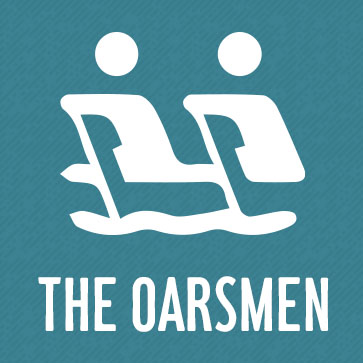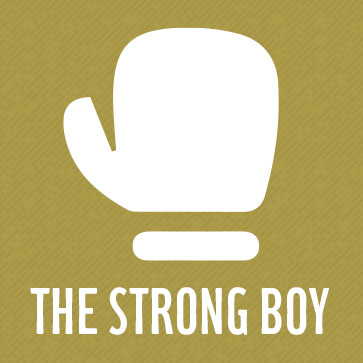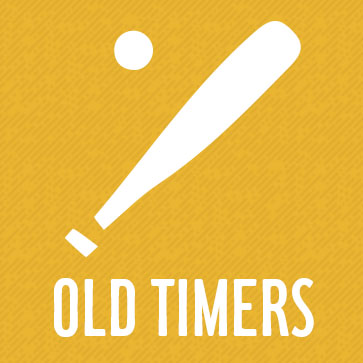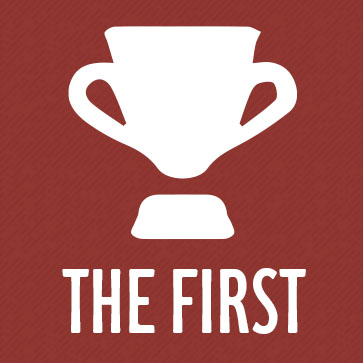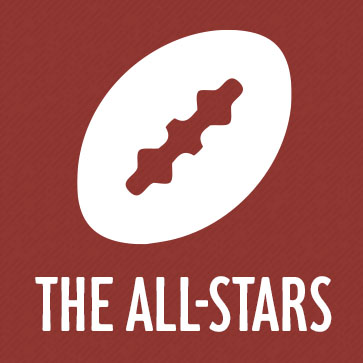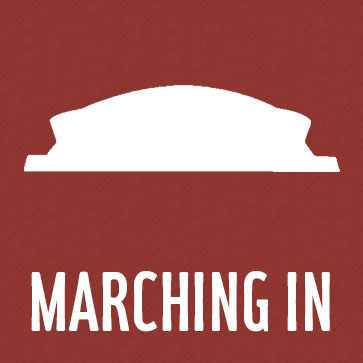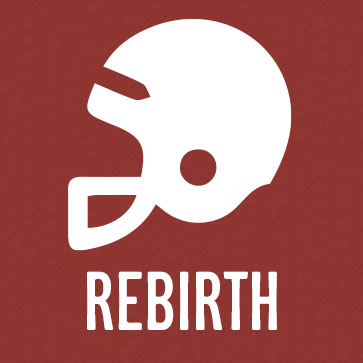
Sports captivate us with narratives of improbable upsets, great champions, and bitter rivalries. Sometimes the story extends beyond the field of play, instigating or mirroring broader social, economic, and cultural change. These moments endure. They shape our community identity.
Here in New Orleans, the evolution of organized sports over the last 150 years has paralleled the fundamental transformations brought to the city after the Civil War. Sports became an important instrument for challenging the city’s resistance to gender equality and racial integration for much of this era. The first women to cycle and play tennis here blazed a trail for New Orleans’s first professional women’s basketball team and, later, the stereotype-smashing Big Easy Rollergirls. New Orleans might not have its beloved Saints today if, in the 1950s and ’60s, African American collegiate and pro football players hadn’t forced the city to confront its Jim Crow laws and retrograde attitudes. Sports also created opportunities for New Orleans to become a leading tourist destination. After John L. Sullivan’s title bouts put New Orleans on the map in the late 19th century, Sugar Bowl organizers established one of the nation’s longest-running sporting traditions, paving the way for the Superdome to play host to some of the biggest championship events on the planet.
At their best, sports bring us together—rooting for the home team during an afternoon at the ballpark, or rallying around a common cause during difficult times. Crescent City Sport: Stories of Courage and Change draws from more than a dozen institutional and private collections to tell 20 of these tales, each one a thread in the social fabric of New Orleans. Click on the links below to explore nine of these stories by examining images and text from the exhibition, as well as educational activities and resources compiled by THNOC's education department.

